We have an old Rohde & Schwarz FSEK 30 that is advertised as having a range from 20 Hz to 40 GHz, with an N-type input connector. My conundrum is that a type-N connector with air dielectric should have a maximum frequency of approximately 19 GHz before the primary TEM-mode propagation is joined by the TE11-mode. From MIL-STD-348A the inner and outer coax diameters are 0.12 and 0.2759 inches, respectively. According to Microwaves101 the cutoff wavelength for the TE11-mode in an air dielectric coax is $$\lambda_c = \pi\frac{D+d}{2}$$ where D is the outer diameter in meters and d in the inner diameter in meters.
This disconnect between the theoretical frequency limit of an N-type and the stated range of the instrument has me doubting the validity of measurements made above 19 GHz. Can anyone shed light on this mystery?




